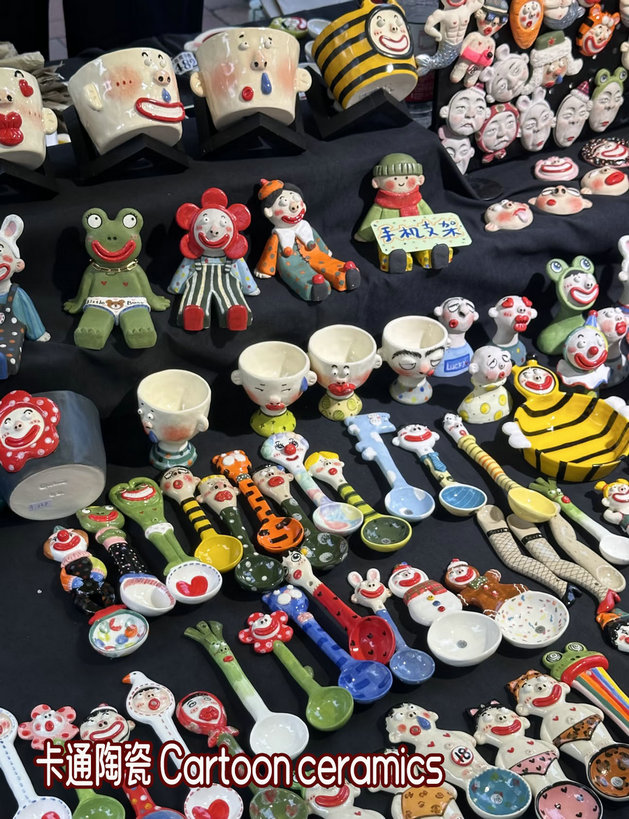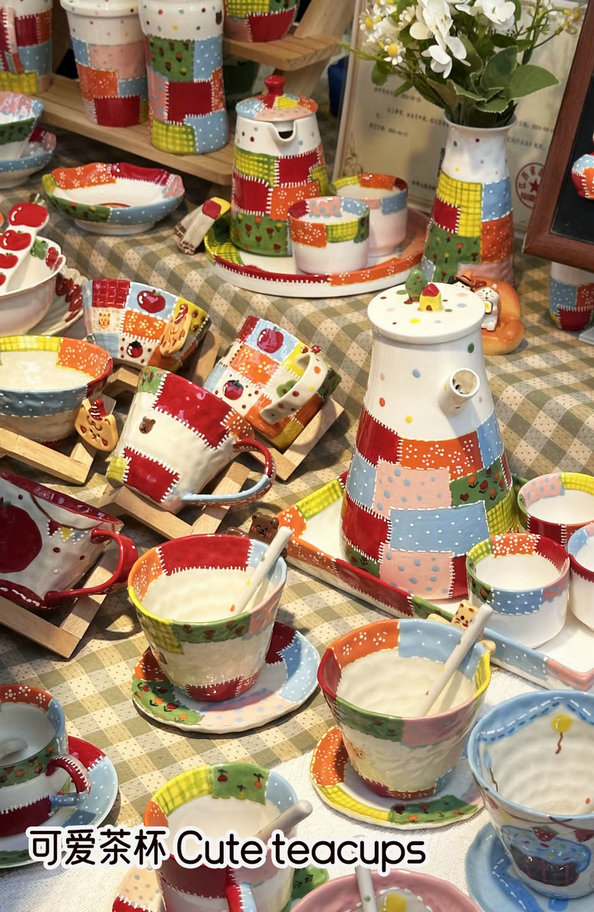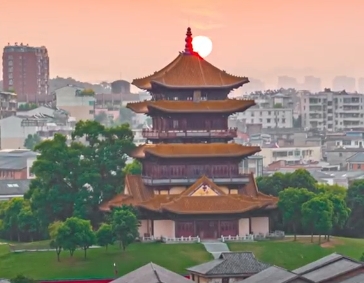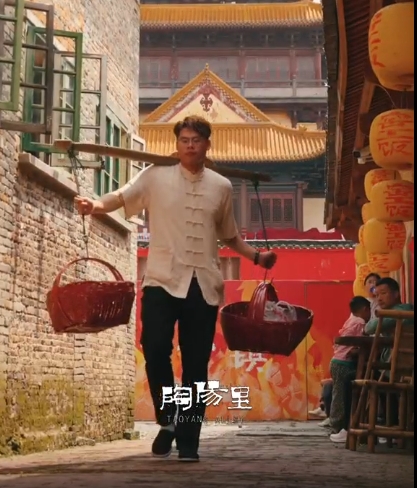Brief Introduction to Jingdezhen City
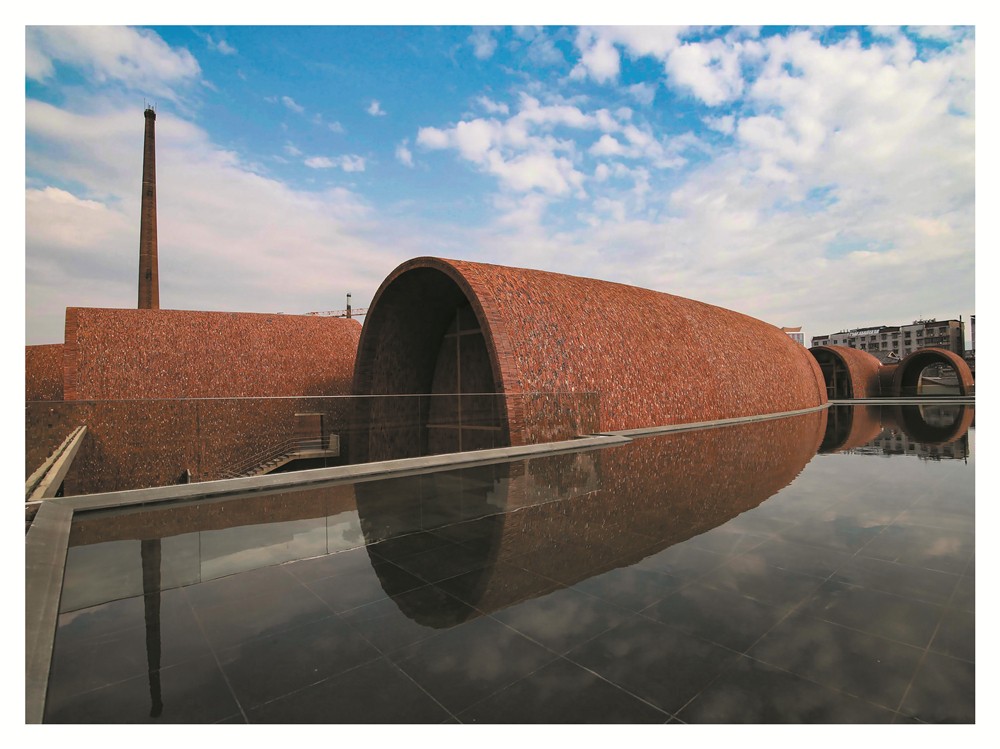
Jingdezhen City is a well-known millennial porcelain capital, located in the northeast of Jiangxi Province. It governs Leping county-level City, Fuliang County, Changjiang District, Zhushan District and National Jingdezhen High-tech Industrial Development Zone and Changnan New District. It covers an area of 5256 square kilometers, with the population of 1.68million.
Jingdezhen was established to be a town in the Eastern Jin Dynasty, originally called Xinping town. As it was located to the south of Changjiang River, Jingdezhen was renamed as Changnan in the Tang Dynasty. Emperor Song Zhenzong Zhao Heng granted the reign title to this town as its name in the first year of Jingde period (1004AD), thereafter called “Jingde Town”. In June 1953, the Government Administration Council , the predecessor of the State Council, approved the establishment of Jingdezhen City, directly under the Jiangxi Province. Changnan is the transliteration of “china”. When the first letter “c” is written in lowercase, it means porcelain.When the first letter “c” is written in uppercase, it means our country China. Jingdezhen has a history of making pottery for more than 2000 years, including making ceramics for official use for over 1000 years and for imperial use for over 600 years. Jingdezhen is surrounded by hills on three sides and river on one side. Porcelains and kilns are distributed in the whole city. The kiln have been firing for more than thousand years, which create the prosperous scene of “Craftsmen gather here from all directions and porcelains produced here are shipped to the world ”
Abundant ceramic culture remains are the largest wealth of Jingdezhen. Jingdezhen, originally called Xinping, started to make pottery from Han Dynasty. Fuliang Porcelain Bureau was set us in the fifth Year of Zhiyuan Period(1278) of Yuan Dynasty. Yuqichang was establish in the second year of Hongwu Period (1369) of Ming Dynasty, later it changed its name to Yuyaochang(Imperial Kiln Factory) in the eleventh year of Shunzhi Period(1654) of Qing Dynasty, which has been the important firing place of imperial porcelain. Jingdezhen porcelain owns worldwide reputation with the characteristics of “as white as jade, as bright as mirror, as thin as paper, as resonant as chime”, which has become the important national gift and export commodity since the foundation of the People's Republic of China. In 1982, Jingdezhen was listed as one of the first batch of 24 national historical and cultural cities. The cultural texture is well-preserved here. There are 151 porcelain industry sites such as Kaolin ancient mine, Hutian kiln an so on, as well as 108 old lanes, 12 National Key Cultural Heritage Sites, 26 Intangible Cultural Heritage Protection Lists.
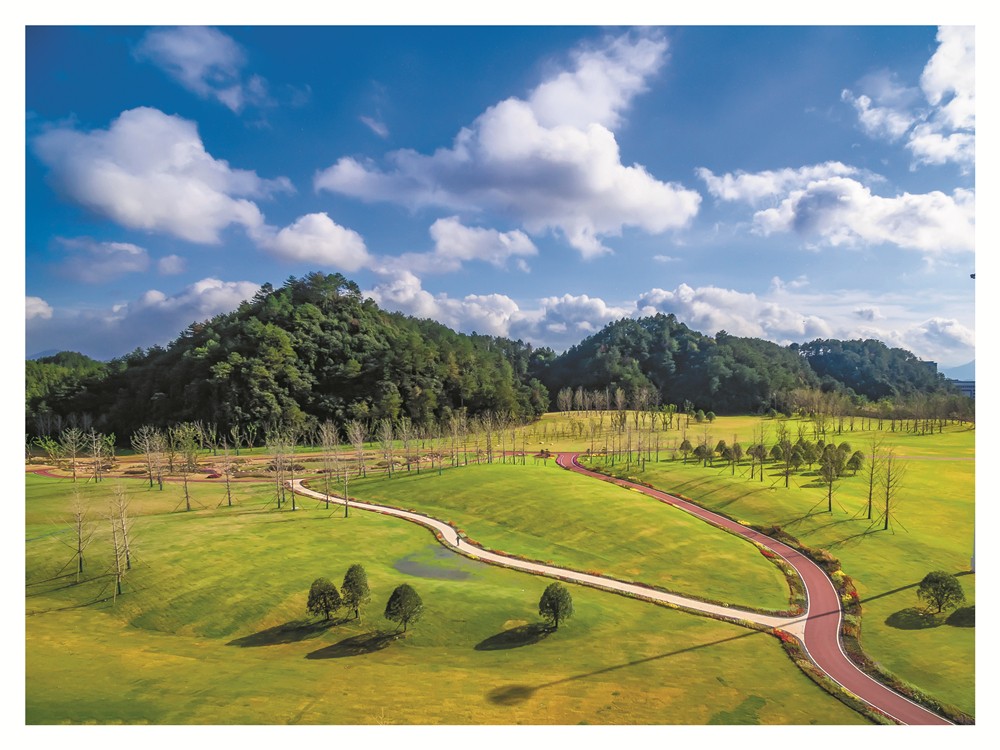
Jingdezhen is the Holyland of world ceramics. Ceramics is Chinese culture, as well as the world’s language, it can be used to tell Chinese story, which is the cultural symbol for China entering into the world and for world to understand Chinese. Jingdezhen was referred as "the earliest industrial city in the world" in the book of Science and Civilization in China which written by English scholar, Dr. Joseph Needham. In the American historian Robert Finlay’s book—The Pilgrim Art Culture of Porcelain in World History, it pointed out “The first globalization from Jingdezhen’s blue and white porcelain in 16 century”. In the book of Ceramic Road written by Japanese Ceramic expert Mikami Tsugio, “maritime silk road” was called “ceramic road”. Since the Song Dynasty, Jingdezhen's porcelain has been sold to more than 50 countries in Asia, Europe and Africa, and has been enthusiastically pursued by European royal household and aristocrats. At the beginning of the eighteenth century, French missionary Francois-Xavierd’Entrccolles (Chinese name is Yin Hongxu lived in Jingdezhen for 7 years and spread porcelain making technology to Europe. In the 19th century, German geologist and Berlin University’s president Richthofen named "Kaolin" for the Jingdezhen porcelain clay and introduced to the world. Jingdezhen is honored as " City of Crafts and Folk Art", and has established friendly relations with more than 180 cities in 72 countries.
Jingdezhen has complete ceramic industrial system. There are 8377 ceramic companies and 9836 self-employed households. A large variety of ceramic products covering many fields, especially artistic porcelain and high-end daily porcelain which are in a world leading position. Jingdezhen has strong scientific research strength, with 4 colleges such as Jingdezhen Ceramic Institute and a batch of scientific research institutions. The number of existing ceramic industry employees reaches more than 100,000 people. Jingdezhen, known as the cradle of China’s helicopters, it has the only domestic helicopter research institution, China Helicopter Research and Development Institute, three complete machine manufacturing companies including AVIC Changhe Aircraft Industry(Group)Corporation LTD and others, as well as over 50 helicopter supporting enterprises. Aviation town is listed as one of the first batch of 26 general aviation industry demonstration areas in China. Jingdezhen is approved to constructing Key Region for National Military and Civilian Integration Development. Beijing Changhe Automobile Company plans to invest 2.7 billion among which 1.1 billion was available, it would be use to fully revitalize Jingdezhen's traditional leading industry. Three-year Action Plan for Industrial Double-growth of Jingdezhen City(2021-2023) has been carried out, which contain construction of three 100 billion projects centering on “3+1+X”distinctive industrial system. Three 100 billion projects aim to construct a one 100 billion National Jingdezhen High-tech Industrial Development Zone, as well as two 100 billion industries including ceramic industry, fine chemicals and medicine industry.
Jingdezhen not only has unique charm of ceramic culture, but also has good ecological conditions with 66.7% forest coverage rate. Jingdezhen City's air quality, water quality, ecological environment comprehensive index and other treatments have ranked first in Jiangxi Province for many consecutive years, becoming the only "National Ecological Civilization Construction Demonstration City" in the province. Jingdezhen is located in the center of six mountains (Huang Mountain, Lu Mountain, Longhu Mountain, Wuyi Mountain, Sanqing Mountain, Jiuhua Mountain), two lakes (Qiandao Lake and Poyang Lake) and six world heritages(Hong village of Xidi Town, Huang Mountain, Lu Mountain, Sanqing Mountain, Longhu Mountain, Wuyi Mountain), which can complemented with surrounding area. Jingdezhen is the Top Tourist City of China, National Civilized City, The National Health City, one of the 50 places that most worthy foreigners to visit in China and one of the 35 king scenic spots introduced to the overseas. Jingdezhen has one National 5A scenic spot Ancient Kiln Folk Custom Museum and eight National 4A scenic spots which include Gaoling-Yaoli Tourist Attraction, Fuliang County Ancient Government and so on. Changjiang District of Jingdezhen was selected as the second batch of the National All-for-One Tourism Demonstration Zone.
In May 2019, President Xi Jingping inspected Jiangxi again after three years, he also proposed the instruction of “Building the Jingdezhen National Ceramic Culture Inheritance and Innovation Pilot Zone, Creating a New Platform for Foreign Cultural Exchange”, which set a historical orientation and a beautiful blueprint for the development of Jingdezhen. In July 2019, the State Council officially approved the “Implementation Plan for Jingdezhen National Ceramic Culture Inheritance and Innovation Pilot Zone”. In November 2019, Premier Li Keqiang conducted an inspection tour to Jingdezhen and made it clear that he fully supported the construction of the national pilot zone and expected us to build the millennial porcelain capital into an international porcelain capital. The millennial old town has ushered in a golden historical opportunity, and the world porcelain capital has opened a new chapter of dialogue with the world. Forging ahead for the "14th Five-Year Plan" and striding forward on a new journey, we must keep in mind the instructions of President Xi Jinping, build the Jingdezhen National Ceramic Culture Inheritance and Innovation Pilot Zone well, create a new platform for foreign cultural exchanges and continuously strive to build an international porcelain capital that dialogues with the world.
